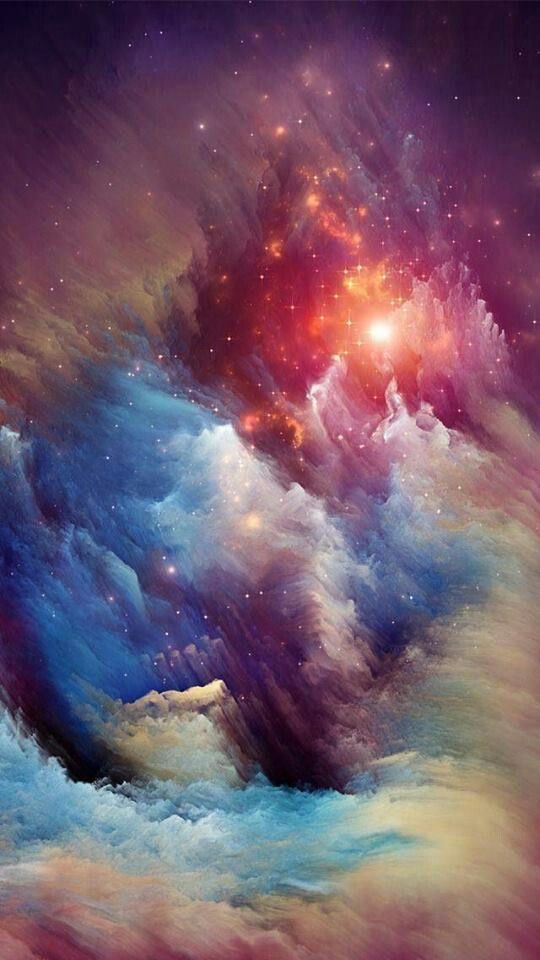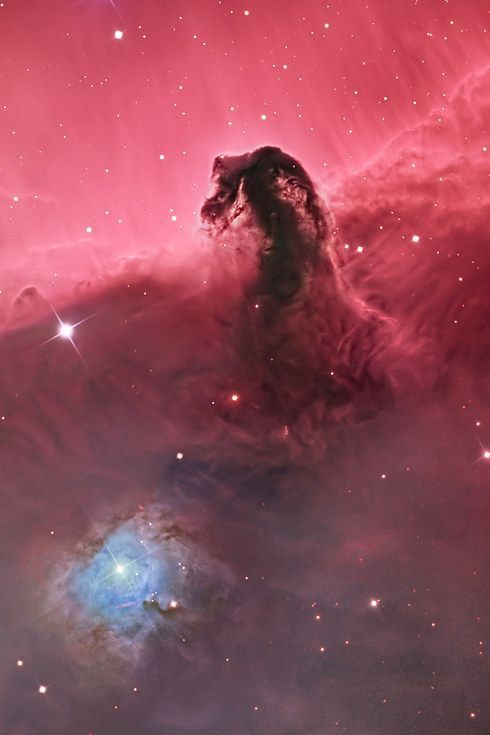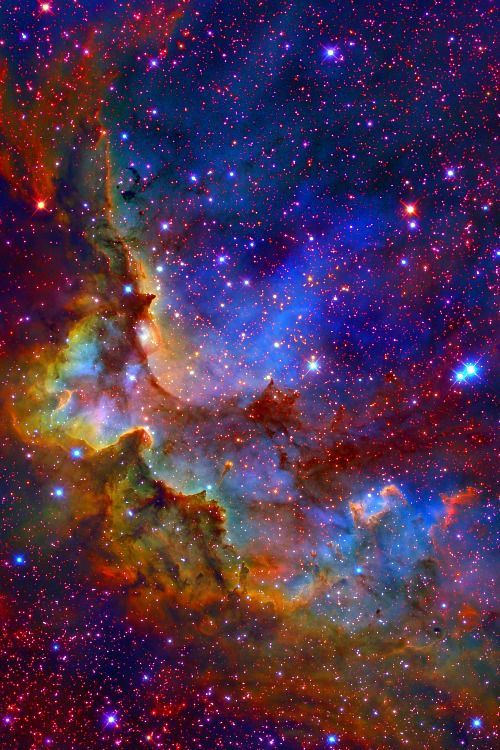Astrophotography - Blog Posts





These are the photos I took of the 31-1-18 super-moon from my telescope. It was horribly cold but utterly worth it

The beautiful Milky Way taken in one of the most darkest skies in the world over Boa Vista in the Cape Verde Islands. photo by James Atkinson
js
https://kuula.co/share/7lkKK?thumbs=0&logo=0
Photo Of The Day: Look behind you! By Luke Busellato 🌠 https://kuula.co/post/7lkKK/collection/7fWCl
1998 or2 tracking via my Telescope


"This is nature- not AI. Lightning sprites in Oklahoma. Lightning sprites are large, colorful electrical discharges that occur high above thunderstorm clouds. Extremely difficult to see and photograph because of their short duration and faintness, only about a millisecond to capture."
paulmsmithphotography


Andromeda (M31) e Triangolo (M33), le due galassie giganti più vicine alla nostra Via Lattea. Queste, insieme ad una trentina di più "piccole" fanno parte del Gruppo Locale (si stima che il suo diametro sia di 4 milioni di anni luce!)

Prima immagine di OSIRIS-REx dallo spazio profondo, giunta a noi terrestri il 15 febbraio 2017, dopo cinque mesi di "crociera". Se state per dire che l'immagine è sfocata, sappiate che la sonda si trova a 673 milioni di km da Giove. - During Earth-Trojan asteroid search operations, the PolyCam imager aboard NASA’s OSIRIS-REx spacecraft captured this image of Jupiter (center) and three of its moons, Callisto (left), Io, and Ganymede. The image, which shows the bands of Jupiter, was taken at 3:34 a.m. EST, on Feb. 12, when the spacecraft was 76 million miles (122 million kilometers) from Earth and 418 million miles (673 million kilometers) from Jupiter. PolyCam is OSIRIS-REx’s longest range camera, capable of capturing images of the asteroid Bennu from a distance of two million kilometers.
This image was produced by taking two copies of the same image, adjusting the brightness of Jupiterandnbsp;separately from theandnbsp;significantly dimmer moons, and compositing them back together so that all four objects are visible in the same frame.
NASA’s Goddard Space Flight Center in Greenbelt, Maryland provides overall mission management, systems engineering and the safety and mission assurance for OSIRIS-REx. Dante Lauretta of the University of Arizona, Tucson, is the principal investigator, and the University of Arizona also leads the science team and the mission’s observation planning and processing. Lockheed Martin Space Systems in Denver built the spacecraft and is providing flight operations. Goddard and KinetX Aerospace are responsible for navigating the OSIRIS-REx spacecraft. OSIRIS-REx is the third mission in NASA’s New Frontiers Program. NASA’s Marshall Space Flight Center in Huntsville, Alabama, manages the agency’s New Frontiers Program for its Science Mission Directorate in Washington.
Credit: NASA/Goddard/University of Arizona
OSIRIS-REx

From tonight's sky; The emerging dark side of the moon. Ramadan Mubarak 🌒 #photography #astrophotography #moon #space #outerspace #cosmos #universe #astronomy #photographysouls #canon #canonphotography

Honey, moon! #moon #sky #nightsky #photography #astrophotography #space #photographylovers #cosmos #cosmic #outerspace @natgeo @iss @travellingthroughspace #universe #beautiful #california #world #wanderlust #planet #earth #astro #cosmos #losangeles #la #photogram #photogramers #photooftheday #night #nightphotography #photos #photographer #lovely #love #instagram

Honey, moon ! #moon #sky #nightsky #photography #astrophotography #space #photographylovers #cosmos #cosmic #outerspace @natgeo @iss @travellingthroughspace #universe #beautiful #california #world #wanderlust #planet #earth #astro #cosmos #losangeles #la #photogram #photogramers #photooftheday #night #nightphotography #photos #photographer #lovely #love #instagram #tumblr

Honey, moon ! •33.8361° N, 117.8897° W• #moon #sky #nightsky #photography #astrophotography #space #photographylovers #cosmos #cosmic #outerspace @natgeo @iss @travellingthroughspace #universe #beautiful #california #world #wanderlust #planet #earth #astro #cosmos #losangeles #la #photogram #photogramers #photooftheday #night #nightphotography #photos #photographer #lovely #love #instagram #tumblr

Honey, moon ! •33.8361° N, 117.8897° W• #moon #sky #nightsky #photography #astrophotography #space #photographylovers #cosmos #cosmic #outerspace @natgeo @iss @travellingthroughspace #universe #beautiful #california #world #wanderlust #planet #earth #astro #cosmos #losangeles #la #photogram #photogramers #photooftheday #night #nightphotography #photos #photographer #lovely #love #instagram #tumblr

Honey, moon ! :) •33.8361° N, 117.8897° W• #moon #sky #nightsky #photography #astrophotography #space #photographylovers #cosmos #cosmic #outerspace @natgeo @iss @travellingthroughspace #universe #beautiful #california #world #wanderlust #planet #earth #astro #cosmos #losangeles #la #photogram #photogramers #photooftheday #night #nightphotography #photos #photographer #lovely #love #instagram #tumblr

Today's Moonrise at 1601Hrs with 90.4% illumination and at 246833 Mi distance. It's hard not to notice this jewel in the daylight sky. #moonrise #moon #sky #photography #photographylovers #astrophotography #astro #space #outerspace #cosmos #photooftheday #photoshooting #socal #losangeles #california #love (at Los Angeles, California)
NASA released the clearest pictures yet of our neighbours in the solar system







Oh and of course us

Honourable mention


Glorious star formation in NGC 1569, a galaxy in our local neighbourhood. Taken by Hubble.
Source

In this new image from the NASA/ESA Hubble Space Telescope, a firestorm of star birth is lighting up one end of the diminutive galaxy LEDA 36252 — also known as Kiso 5649.
(via LEDA 36252, a cosmic tadpole | ESA/Hubble)

Jupiters Clouds from New Horizons via NASA http://ift.tt/291jPFi

Juno: Jupiter and the Galilean moons from 10.9 million km away, June 21st 2016. The probe will enter orbit around Jupiter on July 4th. Image credit: NASA/JPL-Caltech/MSSS

Object Names: NGC 6888, The Crecent Nebula
Image Type: Astronomical
Credit: NASA
Time And Space

The stars of the Large Magellanic Cloud

Hubble Unveils Monster Stars
The image shows the central region of the Tarantula Nebula in the Large Magellanic Cloud. The young and dense star cluster R136 can be seen at the lower right of the image. This cluster contains hundreds of young, blue stars, among them the most massive stars detected in the universe so far. Astronomers using NASA’s Hubble Space Telescope were able to conduct a detailed imaging and spectroscopic study of the central and most dense region of this cluster. Here they found nine stars with masses greater than 100 times the mass of the sun. The cluster is located 170,000 light-years away from Earth.
Image credit: NASA Hubble

This gigantic lens, built for NASA to record space launches, is up for sale: http://bokeh.digitalrev.com/article/gigantic-1000mm-nasa-lens-up-for-sale

Hubble Image of NGC 3324
Located in the Southern Hemisphere, NGC 3324 is at the northwest corner of the Carina Nebula (NGC 3372), home of the Keyhole Nebula and the active, outbursting star Eta Carinae. The entire Carina Nebula complex is located at a distance of roughly 7,200 light-years, and lies in the constellation Carina.
Credit: NASA, ESA, and The Hubble Heritage Team (STScI/AURA)

Cassini: Saturn, June 12th 2016
W00099641.jpg was taken on 2016-06-12 07:28 (UTC) and received on Earth 2016-06-12 14:57 (UTC). The camera was pointing toward SATURN, and the image was taken using the CL1 and IR1 filters. This image has not been validated or calibrated. A validated/calibrated image will be archived with the NASA Planetary Data System.
Image Credit: NASA/JPL-Caltech/Space Science Institute











